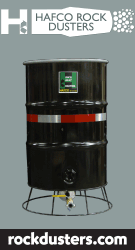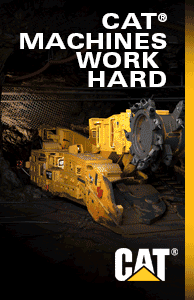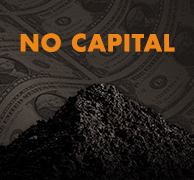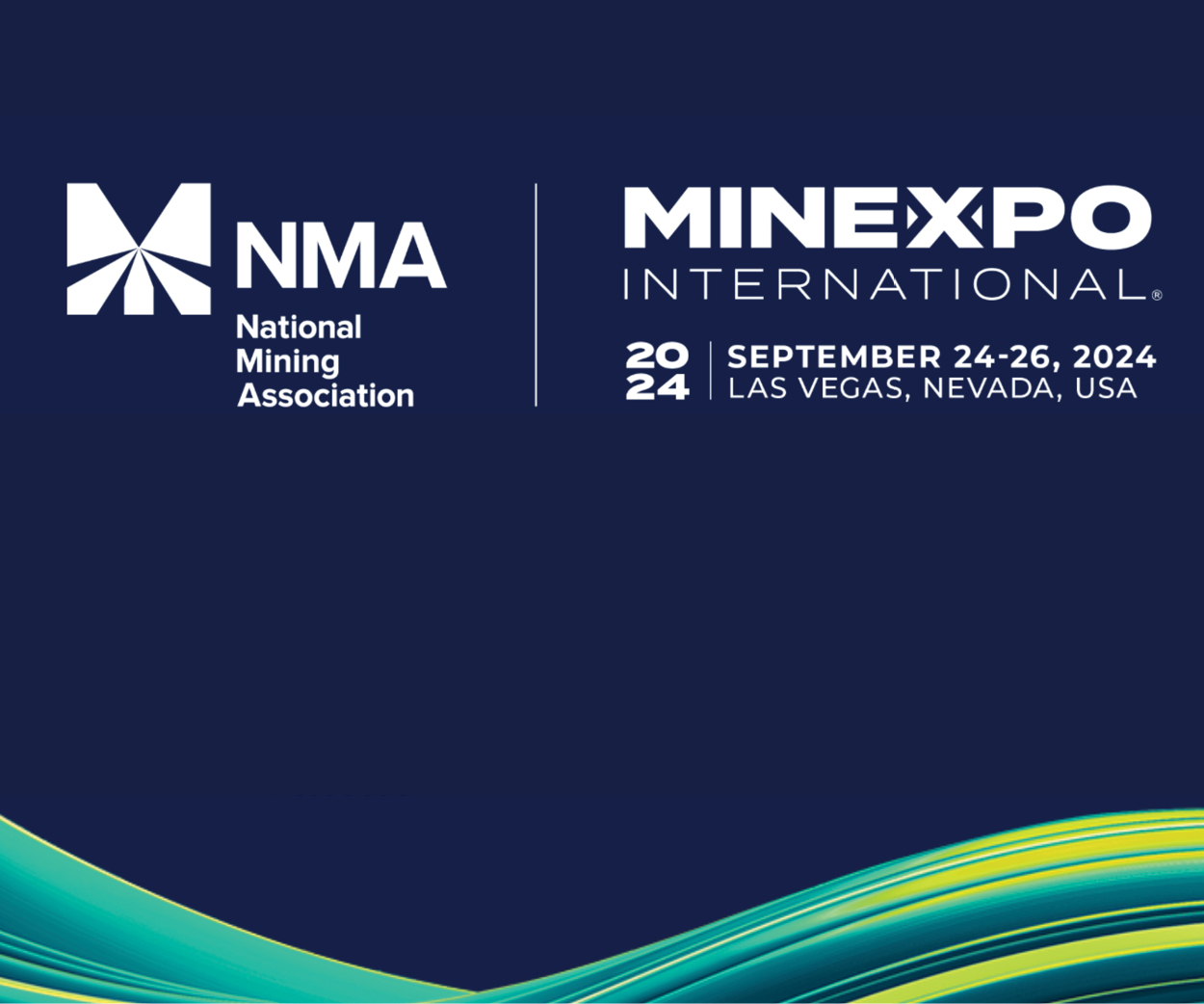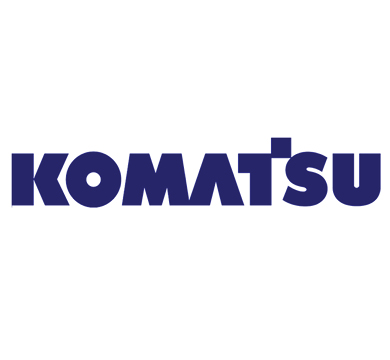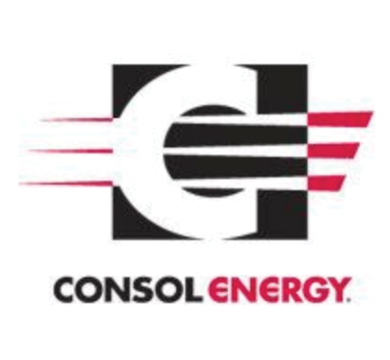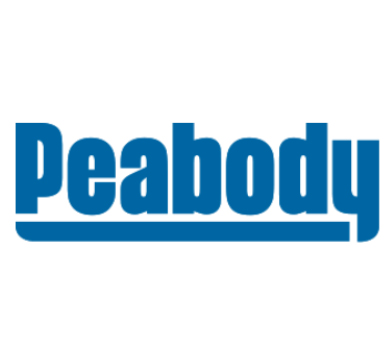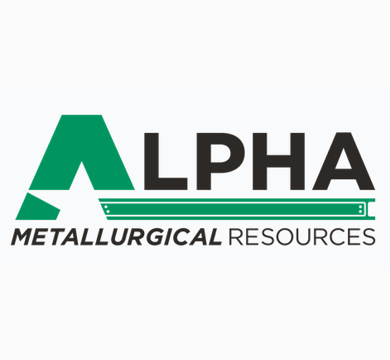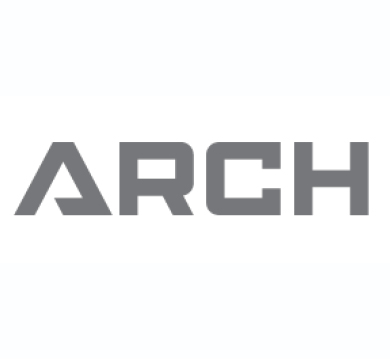New Drying Technique Technology Would Make PRB Coal in Wyoming More Valuable
New technology can make Wyoming coal burn hotter, potentially helping the-cheap-to-produce Powder River Basin coal become competitive with high quality coal in the east.
That’s the promise CBA Environmental made when Powder River Basin coal was used in a demonstration of a new drying technique last week in Kentucky.
It’s billed as a seven-minute drying and treating process that will produce cleaner-burning coal, less coal ash and a higher-quality product. The technology was unveiled before lawmakers, power companies and port operators Wednesday and Thursday in Appalachia. CBA and its main competitor, Clean Coal Technologies, say their technology is tested and ready, and their sights are set on the sagebrush landscape of northern Wyoming.
The push for new coal technology has found a political advantage in recent months as leaders from the new president down continue to make promises to save coal. Though those in coal areas in Wyoming know well that natural gas and automation also vex their industry, the hope for new avenues for coal is increasing, from Gillette to Washington, D.C.
What that means for Wyoming’s industry is hard to tell. A year ago, companies were filing for bankruptcy and laying off workers. Though the coal industry is stabilizing at lower production levels, any new technology would require financial investment.
Entrepreneurs are selling hard in Wyoming. The founders of Clean Coal Technologies meet today and Tuesday with Gillette Mayor Louise Carter-King, local economic development partners and officials from BNSF railroad in an attempt to move the CCT test facility from the Midwest to the Cowboy State. Eventually, coal companies will either use Clean Coal to build facilities or obtain leasing rights to the technology and build their own modules, the company’s founders hope.
Local political buy-in is promising, as Gillette seeks ways to emerge from the coal downturn that swept away 15 percent of the coal workforce last March and cut 40 percent of the city’s sales and use taxes.
“I think it could be a game changer for Campbell County and the state,” said the Gillette mayor, whose husband is a coal miner. The modules would increase local revenue from taxes, boost the industry and offer jobs. A single multi-million module in the county would carry significant benefits to local coffers, she added.
It’s not simply desperation that makes higher value coal appealing. A renewed hope has gripped coal country since President Donald Trump was elected, providing fertile ground for these companies.
Aiden Neary, COO of Clean Coal, said the company sought Department of Energy support for years during the Obama years without gaining traction.
“From an interest perspective, it’s a 180-degree change,” he said. “There is a lot of focus on Capitol Hill and the Department of Energy for this technology.”
The gains made in the last few weeks for coal technology have been greater than those made in the previous six years, Neary said.
Coal entrepreneurs also see an opportunity in the pro-coal political environment to be the bridge between campaign promises and action.
“What we are offering is a solution to the problem. [President Donald] Trump talks a big story, a big story on everything, but so far they haven’t said ‘This is the solution,’” said Robin Eves, CEO of Clean Coal. “We firmly believe in the coming days this might be front and center in the current administration, being put forward as a solution, not the entire solution, but a solution to make U.S. coal more competitive.”
Both of the new technology companies, CBA and CCT, are looking not just at domestic models but international markets for PRB coal. If technology makes Wyoming coal higher value but retains its low sulfur and low production cost advantages, it will be competitive with Indonesian and Chinese coal, Neary said.
“We have the ability here to upgrade the product that we are selling,” Neary said. “Simple math will tell you this would help the U.S. coal industry.”
Increasing the value of Wyoming coal may sound like an easy sell, but it does change the economic model of the state’s coal market, said Rob Godby, director of the Center for Energy Economics and Public Policy at the University of Wyoming.
Powder River Basin coal has a low heat content, which means it takes more of it to burn hot and produce electricity.
“Our advantage has always been despite that (low quality), it is so much cheaper to get out of the ground. That makes up for the energy costs,” he said. “In upgrading the coal you increase the cost of production of that coal. Obviously, they wouldn’t do it if the cost wasn’t worth the benefit. And that is going to be really sensitive to what the local prices are.”
Godby wasn’t familiar with the specific technologies being offered by these companies. But the challenge for increasing value, if companies like CBA Environmental and Clean Coal Technologies have effective methods, will be in the cost of the technology, he said.
“What does it do, and how does it change those delivery price economics?” he said. “You can sell a better quality product, but it is going to cost more.”
There is also the question of whether adding value to PRB coal will actually decrease the demand for coal being dug from the ground in Wyoming.
But that’s already happening, said Tom Johnson, chief performance officer for the Wyoming Business Council. One of the council’s primary aims is to increase the value of Wyoming’s natural resources.
“We have to deal with the reality of coal, and the raw production numbers may be not coming back to where they were,” he said. “In that kind of environment, what do you do? You can sit back and watch it happen, or you can try to add value to those resources with the recognition that although there might not be as much produced, you can try to at least make up some of that value.”
Johnson’s team gets multiple calls a month from companies looking at similar coal technologies to CBA and CCT, from their early research and development stages to later in the process, he said.
Wyoming is eager for these companies to succeed, Johnson said. It’s been the position of Gov. Matt Mead to help facilitate technologies from carbon capture to coal gasification to strengthen coal’s viability in the future, he said.
“We know that government is not good necessarily at predicting what’s going to happen 10 years from now,” he said. “We want to put the environment in place… the ecosystem, so these companies can emerge organically.”
For businessmen like CBA Environmental’s founder Bruce Bruso, the challenge ahead will be convincing buyers that investment in his technology is worth it, both to compete with the Illinois Basin and in international markets.
For him the significance is a no-brainer.
“You have an economically viable, high-performance fuel, made from one of the most efficient, low-cost coals in the country, and that’s from the PRB,” he said.
- By: Heather Richards, Star Tribune








